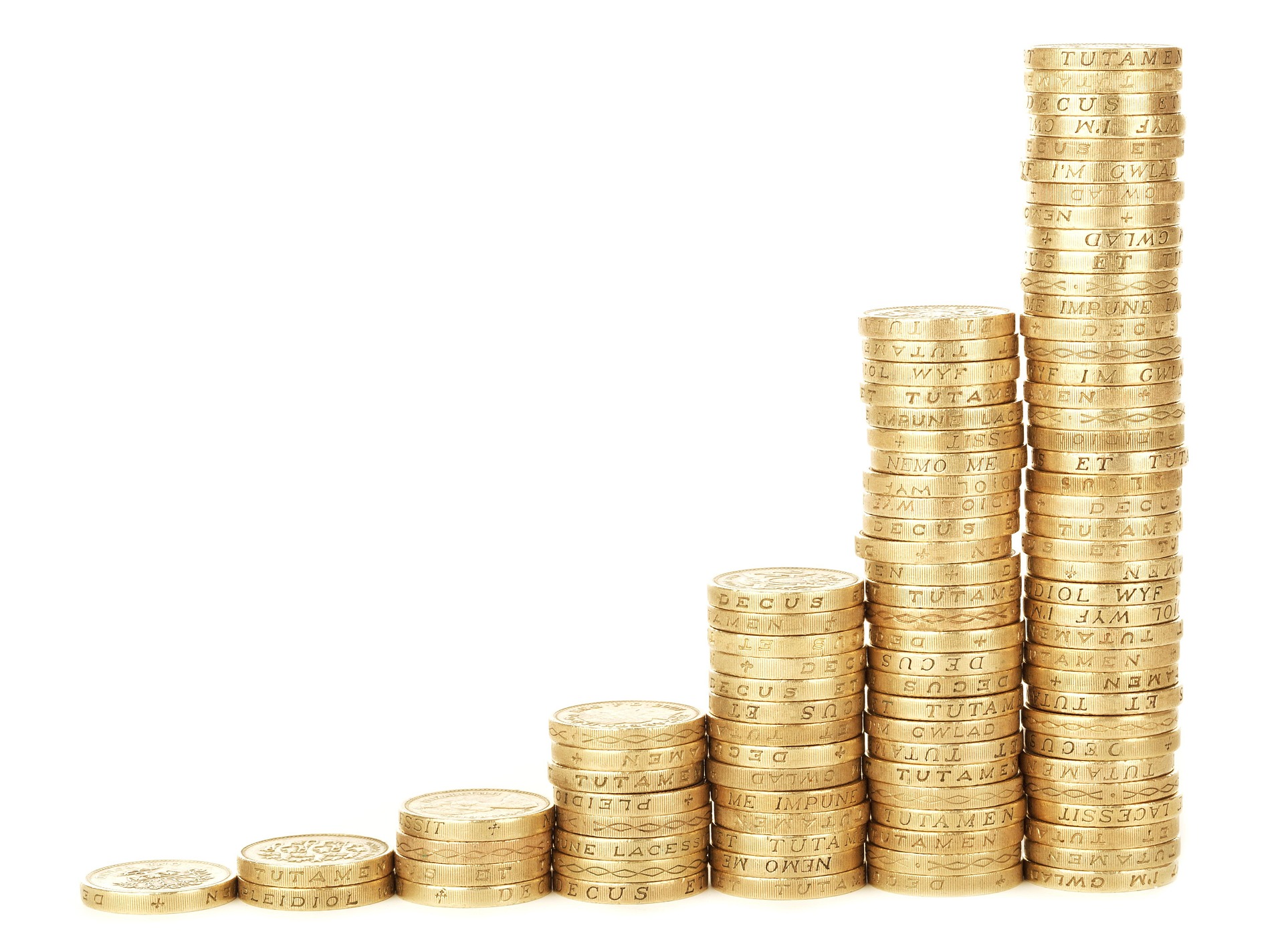8 Ways To Calibrate Your Portfolio’s Returns And Risks
Running an active investment portfolio takes attention to detail. Small factors can make a big difference to your returns. Although having a long-term strategy is essential you need to be aware of the benefits of fine-tuning your portfolio’s returns and riskiness.
Here are eight questions you should be asking to get into the details and make the most of your investments.
Are your portfolio’s goals aligned with your investment goals?
Deciding how to invest isn’t as straightforward as picking the assets with the highest returns.
For some people, the aim is to chase the big money, even if that involves taking significant risks.
For others, it’s about stability, protecting the value of investments being held for retirement.
In some cases, the aim is more specialised, for example, to support social and environmental causes through investment.
Make sure that you know what your investment goals are and that your portfolio goals are in line with them.
For example, if your investment goal is a high return, then a portfolio goal of steady income through green businesses won’t be for you. Fine-tuning your portfolio’s returns and riskiness is your responsibility.
Is your portfolio over-exposed to the UK?
Over-exposure to investments based in a single country can be risky if that country’s economy gets into trouble. And right now, there are few countries with a less certain financial future than the UK.
There are a lot of good British businesses, but over-exposure to the UK economy could cause problems if Brexit goes badly.
Look at the balance of your portfolio. If it’s heavily focused on the UK then now is the time to change that.
Is your portfolio over-exposed to any single company?
What applies to a single country applies even more heavily to a single company. If a large proportion of your investments lie in one business, then you’ll lose out heavily if it hits a rough patch.
Look at what your most substantial individual investments are and consider how badly you’d be hit if one lost value.
If the answer makes you uncomfortable, then it’s time to diversify.
Is your portfolio over-exposed to any single sector?
It’s easy to notice if you’re investing heavily in a single company, but over-exposure to a sector can creep up on you. By picking up a good deal here and another there, you can end up with a lot of eggs in one basket, ready to be broken if that industry hits turbulence.
Take time to look at how many of your investments are in each sector. Bear in mind that some businesses cross sectors and so are worth counting twice.
And again, if you’ve got too much investment in one place, change that.
Does your portfolio have a high dividend yield?
Dividends are a great way of providing cash flow while most of your money is tied up in investments.
Ideally, you want your investments to have a high dividend yield – the amount they pay out relative to their value. After all, this is a big part of your return on investment.
To work out your dividend yield, divide your annual dividends by the value of your dividend paying shares.
Is the resulting figure good compared with the return of other dividend stocks? If not, it might be time to invest in more high-yield dividends.
Does your portfolio have a progressive dividend?
A healthy dividend portfolio should have a progressive dividend – one that rises over time.
So check your dividend yield for different points over the past few years and check whether it’s been rising. Again, if it hasn’t then you might want to look for more stocks with a progressive yield.
Be careful about the currency you use to calculate this.
The decline of the pound since the Brexit referendum means that some dividends paid out in dollars have the illusion of a progressive trend in sterling.
Consider whether the yield has been rising in real terms, not just relative to the pound.
Has your portfolio grown faster than the market?
Good investments will grow faster than average, so if you’re investing well then your portfolio will beat the market.
Check whether this is the case, and if not, identify the investments that are holding you back.
Is there a good reason you’re hanging onto them? Do you have solid reasons to expect them to rally? If not, it’s time to offload them and find something better.
Is your portfolio on target to achieve its long-term goals?
Throughout all this, keep the long-term goals for your portfolio in mind.
Work out what the portfolio will need to achieve at regular steps along the way to reach those goals.
If it isn’t hitting those targets, then it’s not on course to meet the portfolio’s goals, which you’ve already put in line with your personal goals.
A portfolio that won’t do that is failing in its purpose and needs some serious changes. Remember – always have an eye on fine-tuning your portfolio’s returns and riskiness.
Paul Connolly
Paul Connolly has been a journalist for more than 20 years, as a reporter and editor for Argus Media, Reuters, The Times, Associated Newspapers and The Guardian. He has covered Islamic Finance for Reuters in the 1990s. Paul has since helped launch three newspapers, as well as reported from Tokyo, Los Angeles and Stockholm.





